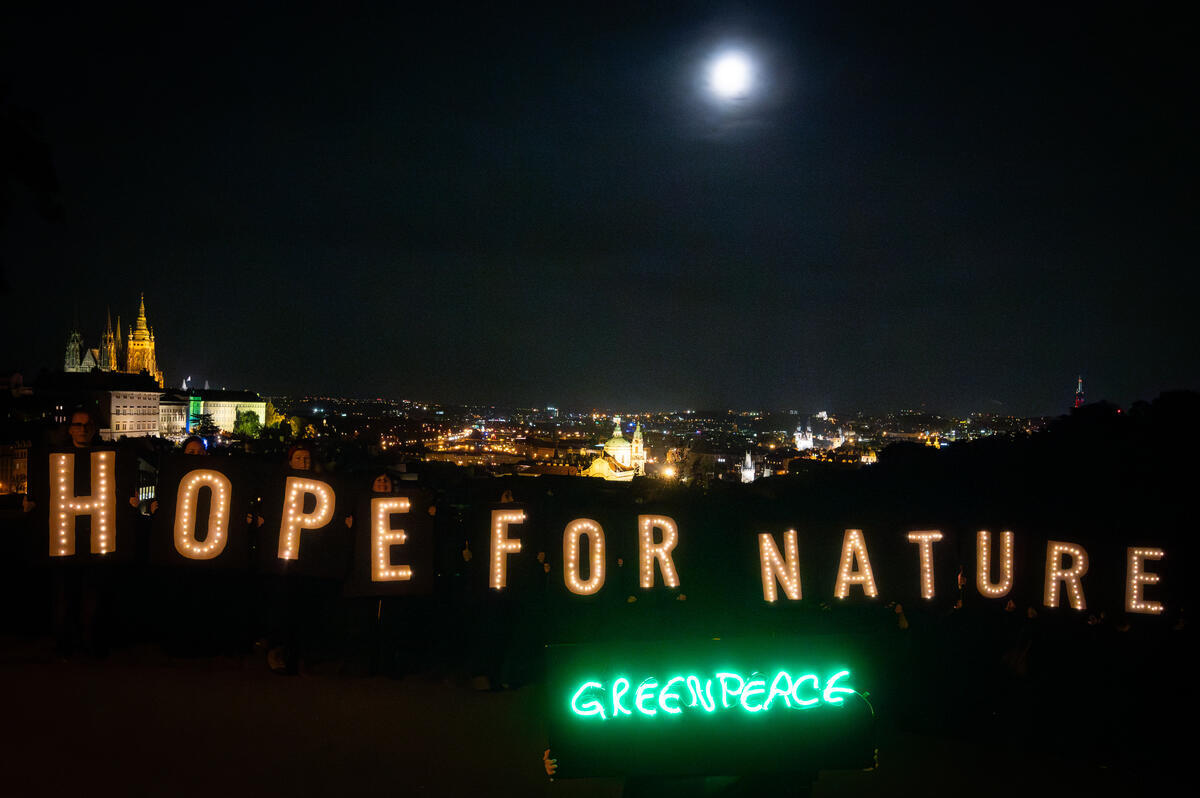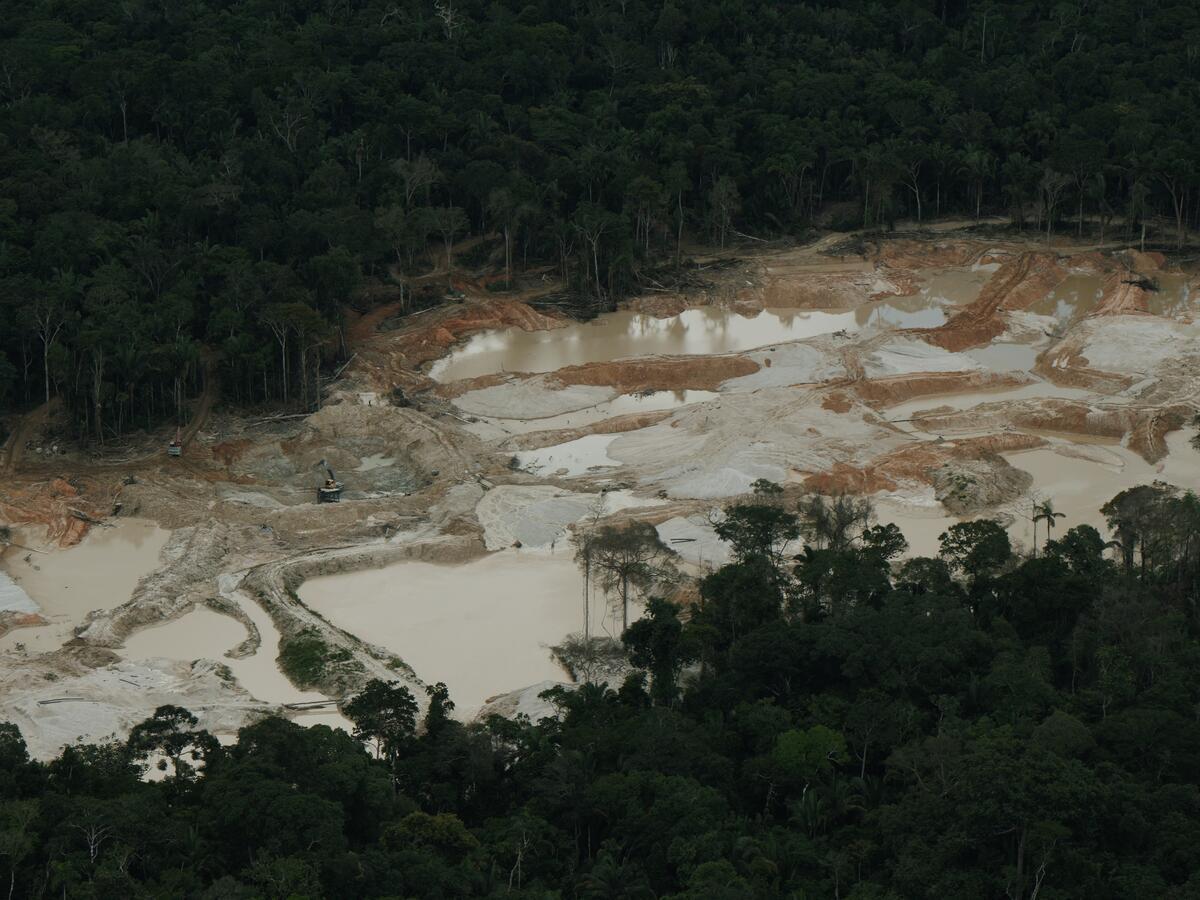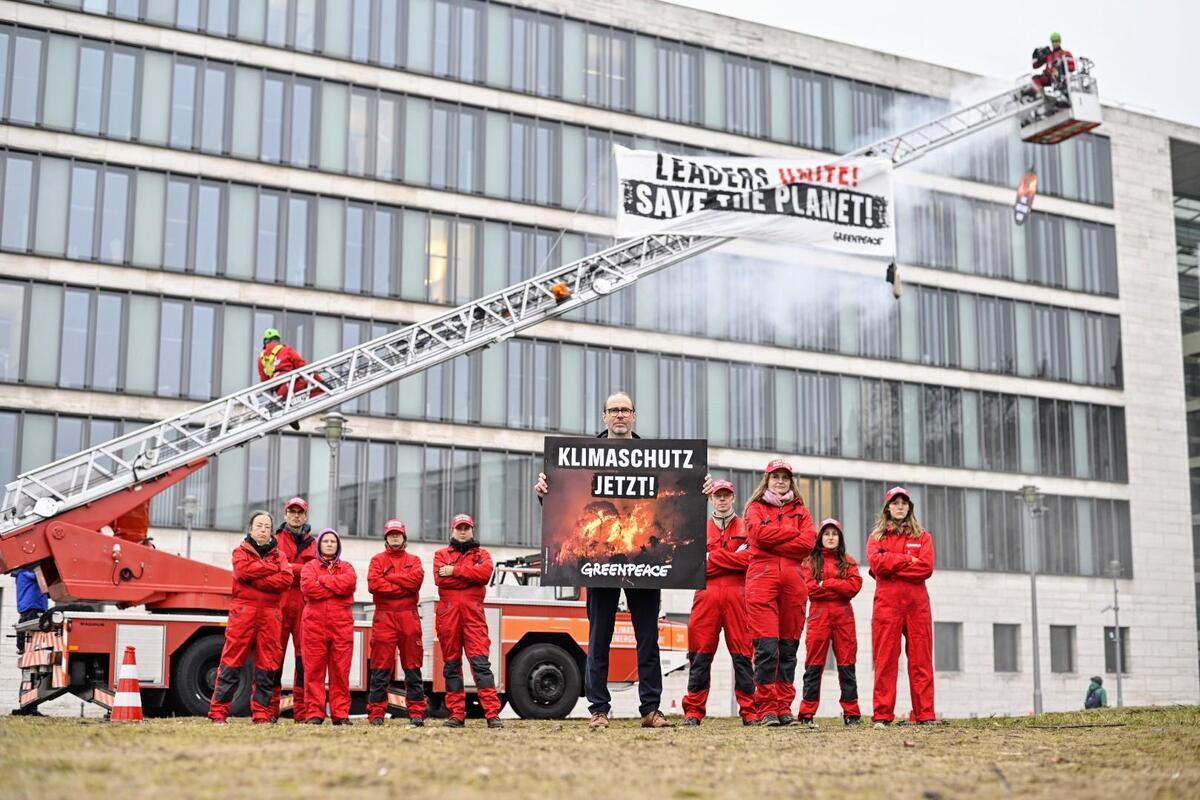We have all seen the dramatic, terrifying images of wildfires tearing at devastating speed through forested areas all over the world, from the Amazon to California and throughout Northern Africa and Europe. But what we don’t very often see – likely because it’s much more difficult to capture with a camera – are the equally devastating peat fires which burn underground, often for months at a time.
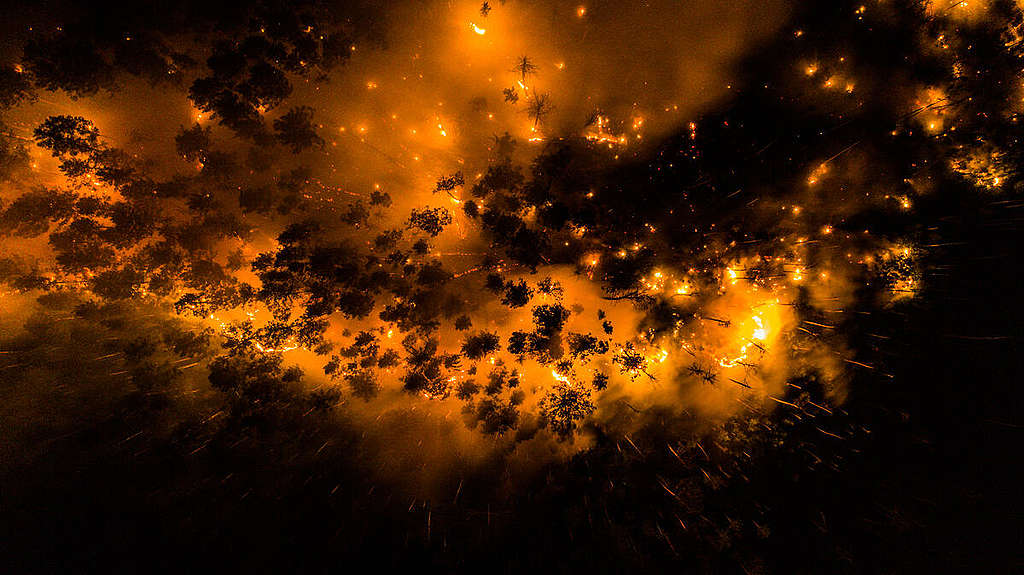
This winter in Russia, we have seen these peat fires in increasing numbers. They are often called zombie fires because of their cunning and ability to continue to burn below the ground surface, even under a layer of snow. In the 2021 forest fire season in Russia, more than 18.8 million hectares of fires burned – a record at the time according to the state satellite monitoring system. It is also a record in the number of fires above the Arctic Circle. The smoke reached the North Pole. And now once again, despite the arrival of the winter snow and frost, the peat fires continue.
In the Urals region of Northern Russia, numerous hotbeds of smouldering peat have been discovered by experts at Greenpeace Russia.
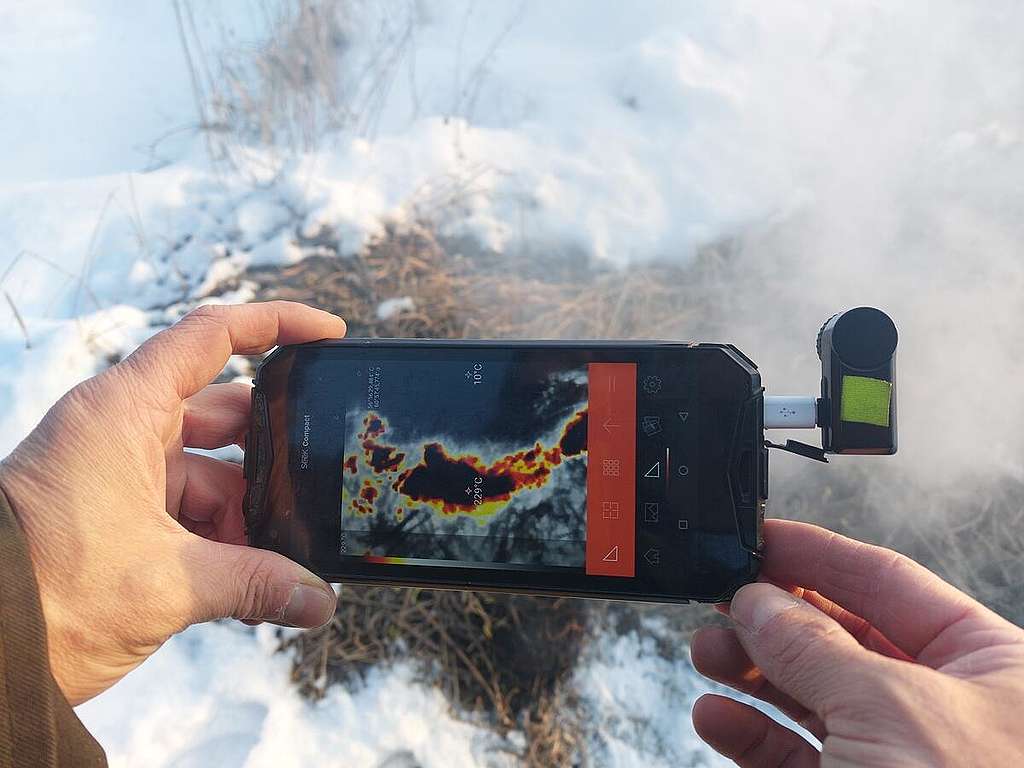
Throughout the autumn, strong smoke was detected in Yekaterinburg, one of the largest Russian cities, due to the burning peat in bogs in the vicinity of the city. Now, the joint inspection has confirmed fears that the peat fires had not been completely extinguished, many fires continued under the snow and may not be extinguished until next Spring.
If these fires survive the snowy Russian winter, and smouldering peat ignites grass and forest in spring, then the 2022 fire season may become even harder than this year. If the phenomenon of wintering ‘zombie fires’ becomes widespread, then firefighters may be powerless to stop them.
These fires are a “climate bomb”. Greenhouse gas emissions from each square meter of peat fires are many times higher than from the most powerful forest fires, because what burns is the swamp soil itself which contains organic matter accumulated for millennia.
More and more regions are facing the prospect of devastating peat fires. And, while in the European part of the country, many regional services have already learned to effectively prevent and fight them, northerly regions in the Urals and Siberia have started to face the problem only in recent years.
Greenpeace Russia has a long history and extensive expertise and experience dealing with peat fires. At the moment, the organisation has perhaps the most qualified team with the most state-of-the-art equipment to deal with such fires in Russia.
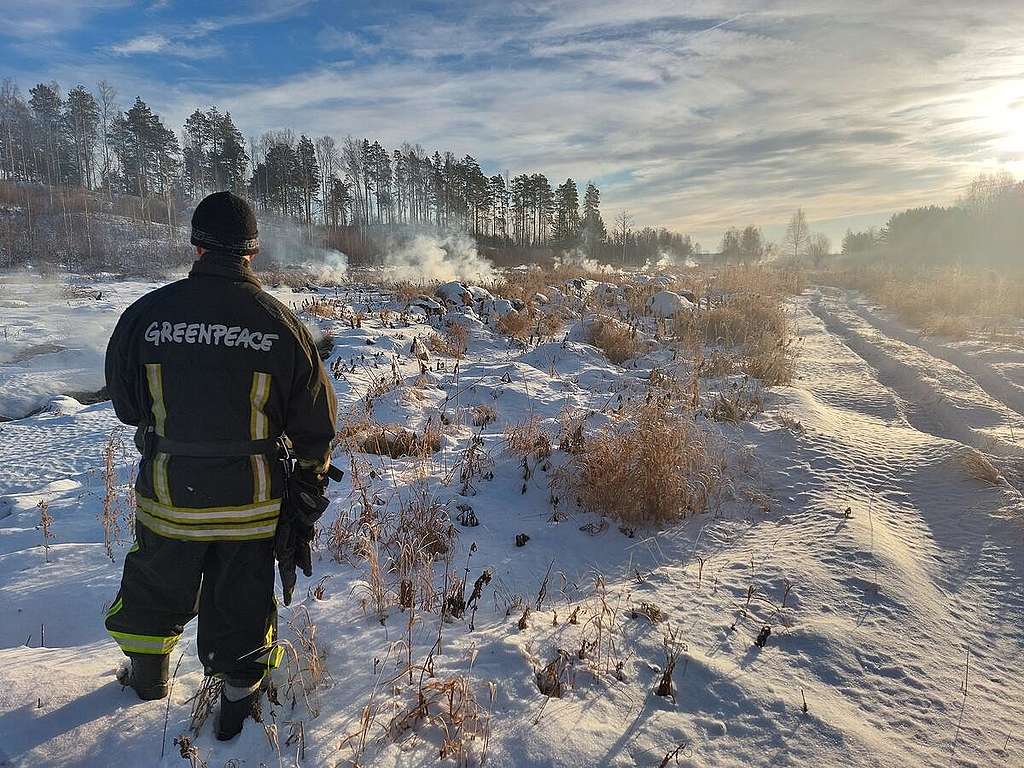
Greenpeace Russia has offered to help the regional government develop measures to combat these fires, including assistance in extinguishing. And the regional government has agreed to accept this assistance.
We do hope that by combining the efforts of experts, volunteers, firefighters and foresters, we can finally defeat these fires by spring, and minimise the risk of a never ending fire cycle in northern Russia.

